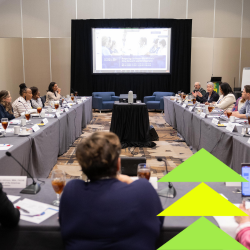Average total time to conduct clinical studies and then complete the approval phase increased by 4.8 months from 2008–13 to 2014–18, according to a new report by the Tufts Center for the Study of Drug Development (CSDD), with mean clinical times increasing by nearly seven months and approval times dropping by nearly two months.
Although regulatory approval time for new drugs in the United States is shortening, the time needed, on average, to complete clinical development of those drugs is lengthening, leading to overall longer times to develop and bring new drugs to market, the CSDD study found.
However, average combined clinical and approval time was 11% lower across the review period for drugs benefiting from expedited review by the U.S. Food and Drug Administration (FDA) compared to non-expedited review drugs during the same time, the study found.
“While the FDA has taken steps in recent years to help speed access to new medicines through the use of facilitated regulatory pathways, the development process itself has been getting more time consuming, due, in part, to increasing numbers of clinical study participants,” said Joseph A. DiMasi, director of economic analysis and research associate professor at Tufts CSDD, and principal investigator of the study.
“While there are a number of factors at play here, common sense suggests that improving the efficiency and quality of the clinical trial workforce, as well as expanding its size and diversity, would help reverse the trend of longer and longer clinical trial timelines,” said Jim Kremidas, executive director of the Association of Clinical Research Professionals, in response to the CSDD findings.
Findings from the study, based on 377 new drugs and biologics approved for marketing in the U.S. and summarized in the July/August Tufts CSDD Impact Report, released today (July 16), include the following:
- Mean approval phase time decreased by 1.9 months for all approved drugs during 2014–18, compared to 2008–13, while mean clinical phase time increased by 6.7 months over the same period.
- Clinical development times varied substantially for the therapeutic areas with the most drug approvals during 2008–18.
- The mean number of participants per clinical trial in Phases I–III increased from 2008–13 to 2014–18, with the highest growth (9.2%) observed for Phase II.
Edited by Michael Causey



